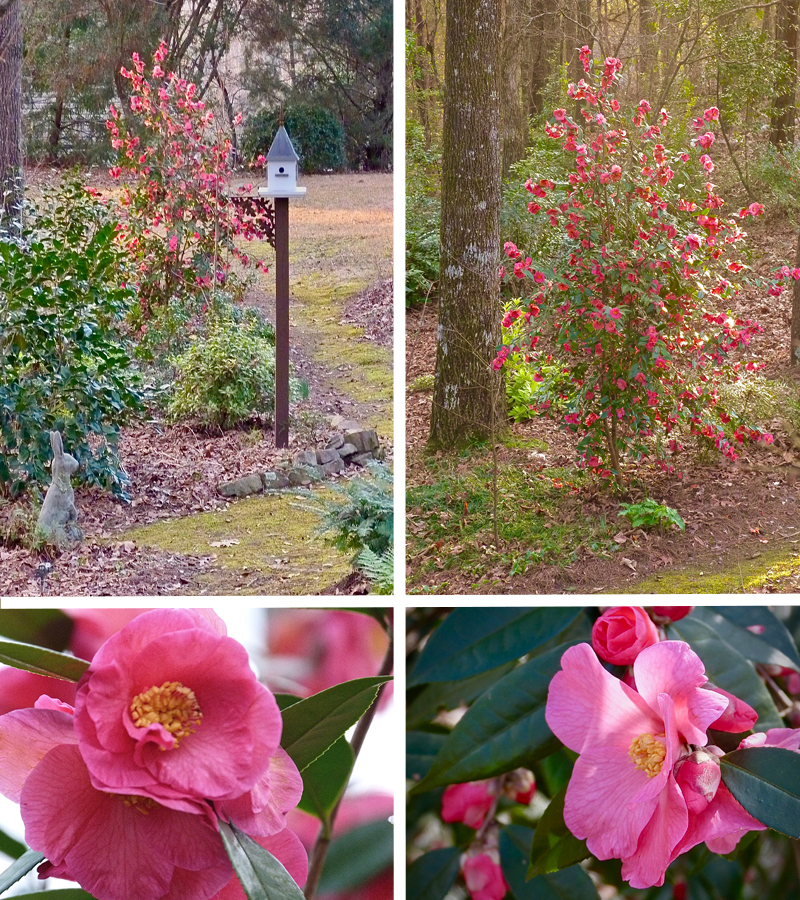Late Winter is Looking Like Spring
 Sunday, February 2, 2020 at 8:50PM
Sunday, February 2, 2020 at 8:50PM I have been publishing this blog for over ten years, and sometimes I think I am running out of things to say. I wonder if people are tired of seeing pictures of the same scenes, after all these years.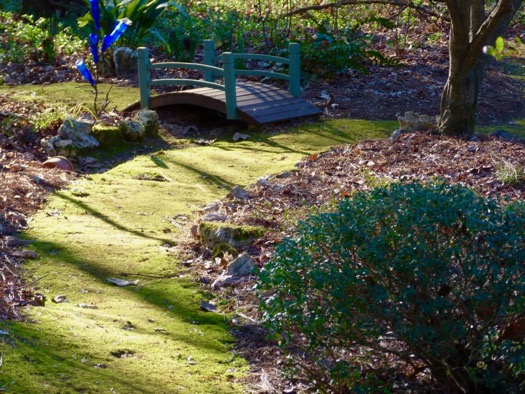 Here is the February 2020 edition of my woodland garden moss path. It is lush after all the winter rain we have had. Last year I added the blue bottle tree.Then I wander out into the garden and feel the pulse of the turning seasons. Every year I am thrilled at subtle changes, with the same familiar plants doing well or new ones settling in. I never grow tired of my garden. I always find some little surprise, like these fern shadows on my moss path:
Here is the February 2020 edition of my woodland garden moss path. It is lush after all the winter rain we have had. Last year I added the blue bottle tree.Then I wander out into the garden and feel the pulse of the turning seasons. Every year I am thrilled at subtle changes, with the same familiar plants doing well or new ones settling in. I never grow tired of my garden. I always find some little surprise, like these fern shadows on my moss path:
Or this cluster of trident maple seed pods; I think they are fascinating!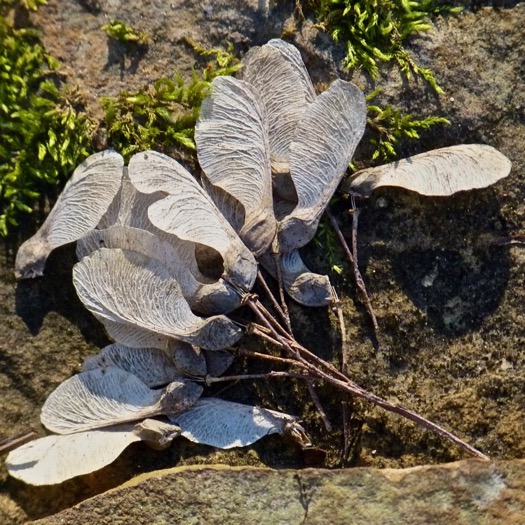
So here we are with a new year, and late winter is looking like spring, just as it does every year about this time. Occasionally we may have a few inches of snow dumped on all my late winter bloomers, just to keep things a little exciting. No snow yet this winter, but it could still happen. Probably not. Here in the Deep South it really is feeling like spring.
So here are some familiar plants, my reliable late winter bloomers. They make me happy. I hope you enjoy seeing them, too!
Hellebores, also called lenten roses, will bloom for months. They eventually fade to white, then green. I have an assortment. Over the years, many have intermingled and produced assorted offspring: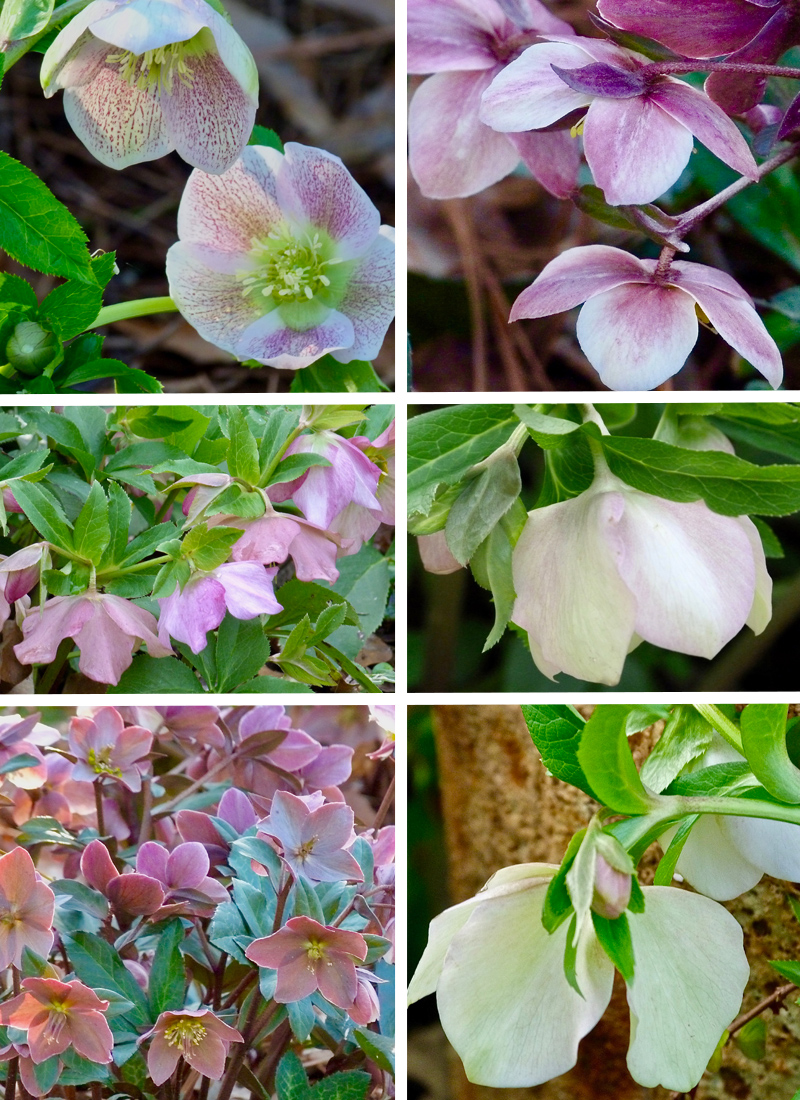
Daffodils began to bloom this past week: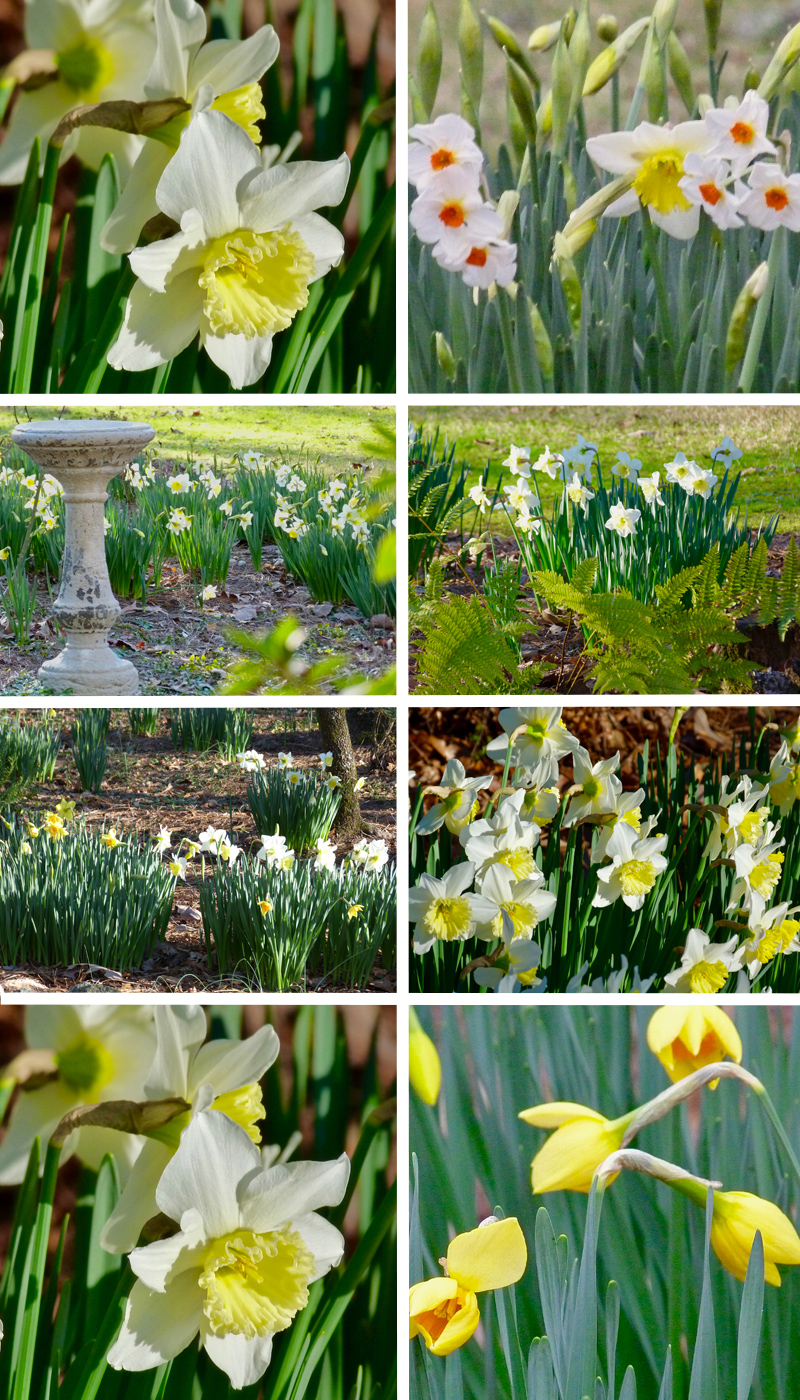
Variegated winter daphne (Daphne odora 'Marginata') has been blooming a while. The waxy blooms are fragrant. Good drainage is critical for this plant, and I grow mine in a large pot:
Flowering quince (Chaenomeles) is another reliable, long-blooming plant. These flowers are from the original shrubs that were here when we moved to this property in 1985: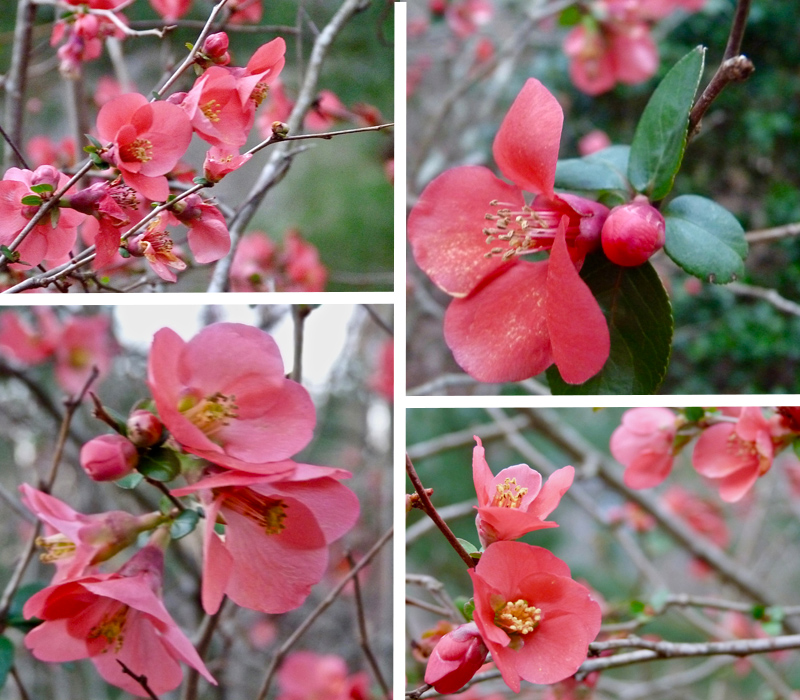
Here are a few more images from my late winter garden. First is Deodar cedar 'Feelin' Blue.' It was a few inches tall when I planted it more than a decade ago. It has always been one of my favorites:
This is another woodland garden view I have featured before. I like how the tree shadow points to the gazing ball: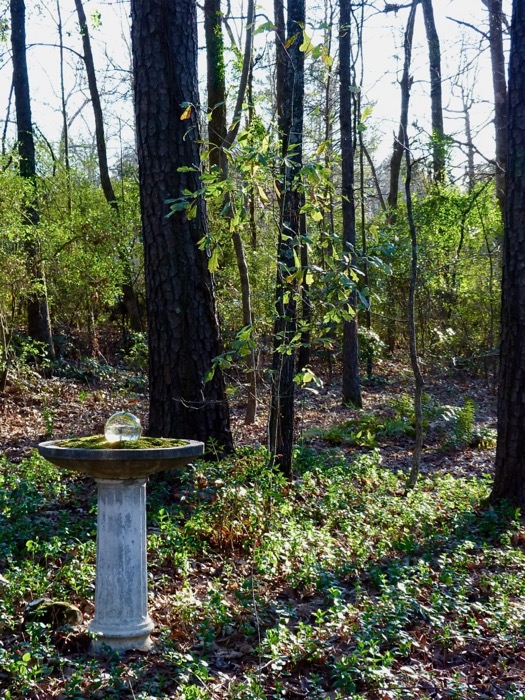
And finally, I am particularly pleased with a resurrection fern growing in the crack of a large boulder: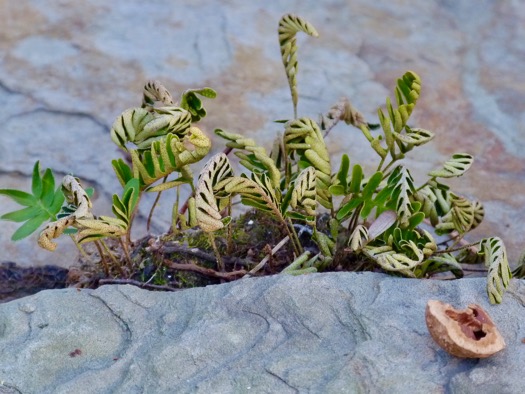
May all of you find joy in a garden! Deb
